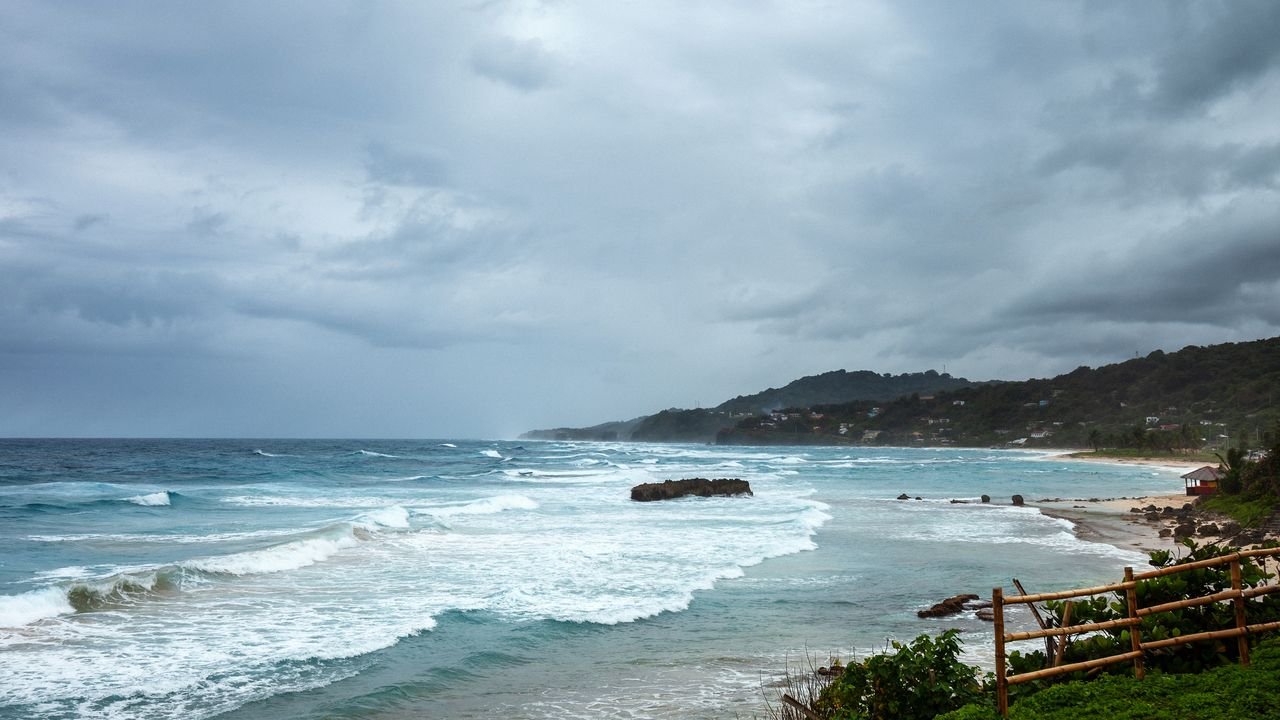Hurricane Melissa devastated Jamaica on Tuesday, October 28, as the historic storm slammed into the island’s western coast.
The first-ever Category 5 hurricane to hit Jamaica, Melissa made landfall near New Hope on Tuesday afternoon, bringing maximum sustained winds of 185 mph. Jamaica’s capital of Kingston was spared the worst of the storm’s impact, but areas on the western side of the island saw “total devastation,” according to Daryl Vaz, the Jamaican Minister of Energy, Transport and Telecommunications.
Western Jamaica is now experiencing a complete communications blackout. With sweeping power outages and phone and internet lines down, officials are still unable to fully assess the damage. Early reports, however, show intense flooding with cars and houses completely submerged. “Residents and tourists may be stranded for quite some time in the hardest hit areas,” AccuWeather’s lead hurricane expert Alex DaSilva said in an emailed statement.
The storm weakened into a Category 3 hurricane as it made landfall in Cuba on Wednesday, reaching maximum sustained winds near 120 mph, according to AccuWeather. Storm surges in Cuba could reach up to 10 to 15 feet, with the island receiving 2 to 3 feet of rain. “Life-threatening flooding and mudslides can happen in a matter of minutes with this much rain, especially near steep terrain,” DaSilva said.
The storm is predicted to weaken to a Category 2 hurricane as it approaches The Bahamas, “but it will still be a destructive storm as it passes through,” according to DaSilva. Bahamian islands closest to the eye of the storm could see wind gusts up to 120 mph.
Current projections of the hurricane’s path show it continuing on toward Bermuda, where tropical-storm-force winds could reach 60 to 80 mph on Thursday or Friday, before possibly affecting Canada’s Atlantic coast later in the week. Here’s what travelers need to know about the storm’s impact, including how to help those affected by the hurricane.
This is a breaking news story. It will be updated with more information as it becomes available.
Airport closures and flight waivers
Jamaica’s airports were closed as the storm made landfall on Tuesday, and experts say that they aren’t likely to reopen anytime soon.
The island’s airports, along with other key facilities like water treatment plants, power plants, shipping ports, and more “are all at risk of extensive damage or destruction in the hardest hit areas,” Jonathan Porter, AccuWeather’s chief meteorologist, said in an emailed statement. “Especially in the areas where the core of the destructive winds travel, from south to north across the island, some communities may be unrecognizable given the level of catastrophic damage.”
